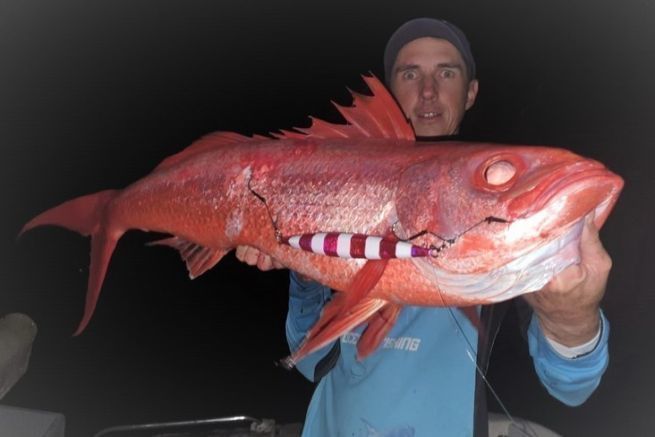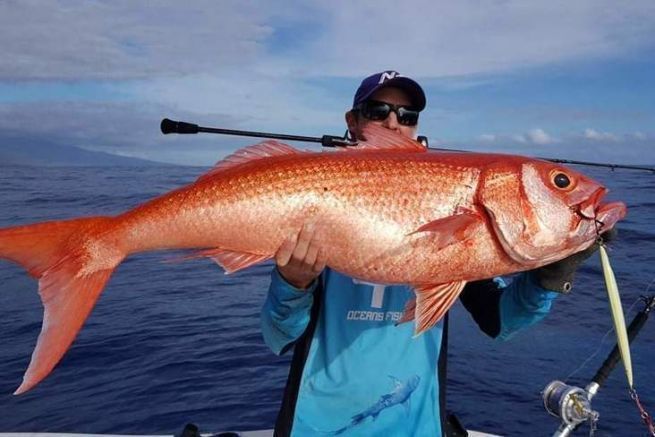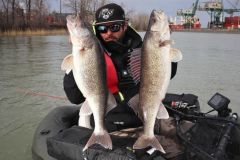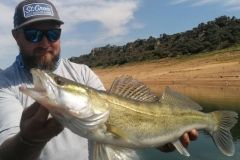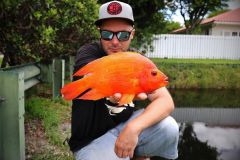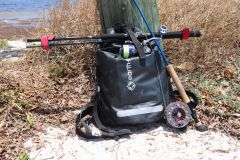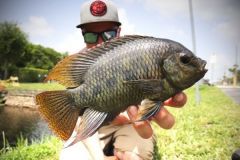Already commonly practiced in France, slow jigging has already proven itself and its effectiveness is no longer to be proven, but what about exotic destinations? Well, to begin with, I would tend to classify it in two big categories, the classic slow jigging and the deep slow.
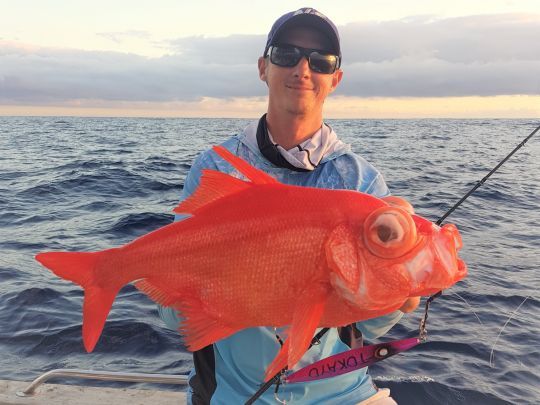
The classic slow jigging
The slow jigging allows to target the same species as the jigging traditional on the same depths, i.e. from 40 to 150 meters in order to obtain more results when the predators become educated and less tempted by the speed jigging .
Why more results? Well, to make it simple, unlike the jig, the slow fish will spend a lot more time in the "strike zone" and allows to have as many hits on the way up as on the way down. Its particular shape allows it to glide for a long time and to create a maximum of fluid movements which will be detected by the surrounding predators.
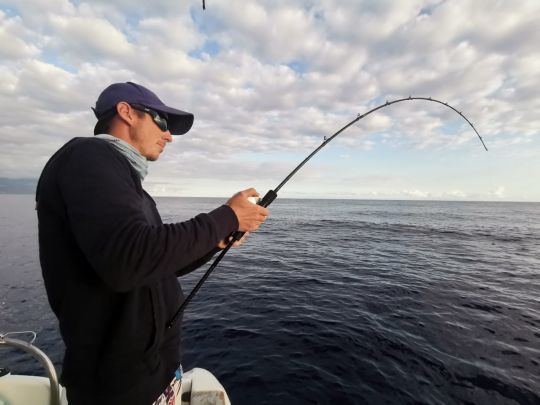
In Reunion Island as well as in Madagascar or in other areas of the Indian Ocean the fish that respond well to this technique are numerous but we can distinguish the caranguidaes ( carangue ignobilis , carangue blue, amberjack ...), groupers (yellow tail crescent, flats ...) and pelagic (yellowfin tuna, dogtooth tuna, albacore, wahoo ...). In short you will have understood, a multitude of species are offered to you!
The deep slow for the deep sea
The second category is the deep slow which is generally practiced between 150 and 450 meters deep. This allows you to meet new species of deep sea fish such as snappers, snappers, etc castagnoles , beryxs big dogtooth tuna and even the thresher shark.
Of course, such a deep fishing requires a very specific equipment, but also a particular animation. The deeper the depth, the more the animation amplitude must be accentuated, indeed when you have 400 meters of bottom and thus not far from 450 meters of braid out of the reel with the current, simple small actions of the tip will make only very little move your lure. Therefore, favor long animations like Long Fall (long pulls up) letting the jig fall without tension so that it hovers as much as possible.
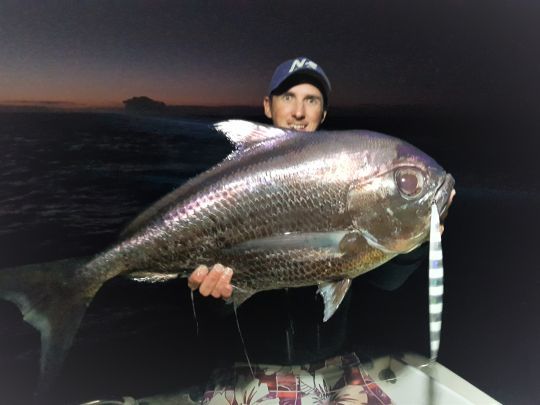
The slow jigging is usually a great asset to search for fish in deep enough depths that are not used to seeing jigs and therefore target poorly educated fish in lightly fished areas while being a very effective alternative on poorly biting or educated fish.

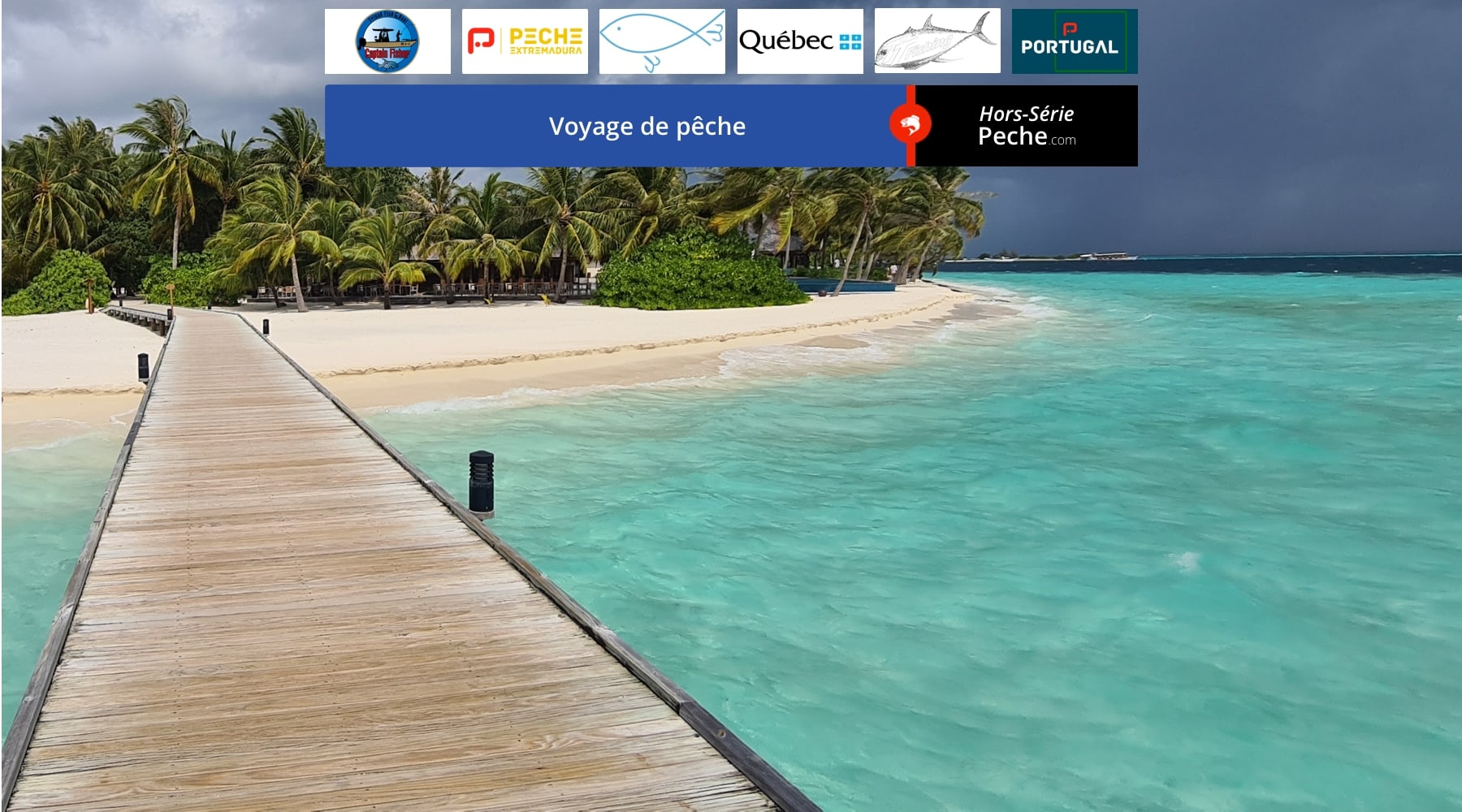
 /
/ 
